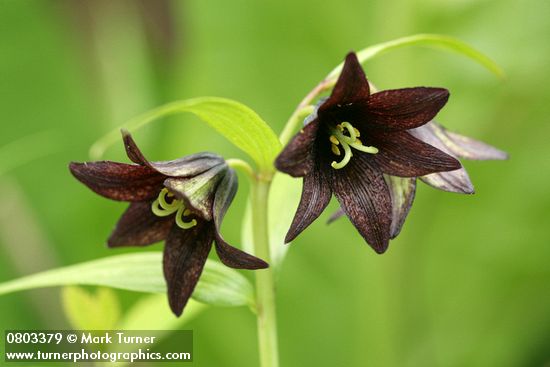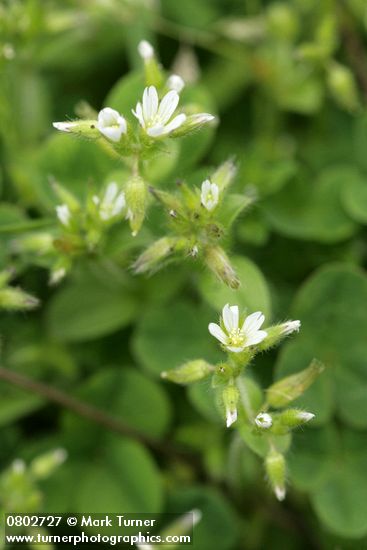Searching for Elusive Plants
Back in 2003 and 2004 I spent the entire growing season searching for wildflowers to include in Wildflowers of the Pacific Northwest. By the time the season ended, there were about 40 plants that Phyllis and I thought ought to be included in the book that I was never in the right place at the right time to find. Now that some time has passed, I’ve decided to try to find and photograph all those I missed, as well as the handful that I messed up the ID.

The first really showy plant I’ve found this spring is the Black Lily, Fritillaria camschatcensis, also known as Kamchatka fritillary. It’s widespread in British Columbia, but on the state sensitive list in Washington where it is found in only a few places. I connected with someone who knows where it grows near the mouth of the Fraser River at the edge of Richmond, BC and made a trip to see and photograph it this week. See more photos on the Finn Slough page of Pacific Northwest Wildflowers, my newest website.

Not nearly as much fun, but also missing from the first go-round, is one that turned out to be a common weed in my front lawn. I don’t know how I missed Cerastium fontanum ssp. vulgare, large mouse ear chickweed. I photographed it in the parking strip along Cornwall Avenue just down the street from our house during 5 o’clock traffic while construction was going on in the street. I shot more weeds that afternoon. Those photos are at Bellingham Weeds on the Pacific Northwest Wildflowers site.
I have about 40 plants on my list. One that we decided not to include in the book (because it is a tree) is Pacific crabapple, Malus fusca. I put out the word and several people told me where to find it locally. Some of the plants turned out to be escaped cultivated apples (they have 5 pistals) instead of native crabapples (with 3 pistals). The cultivated apples are in bloom now, but the crabapples are still in bud. I’ve found several specimens, and tore open a bud this afternoon to confirm the pistal count. At least I haven’t missed the bloom, and I’ve enjoyed getting out and looking for plants.
One of the places I looked for the crabapple was in the Connelly Creek Nature Area on Bellingham’s south side. It’s a mixed woodland and wetland area, with a lot of non-natives as well as native species.

